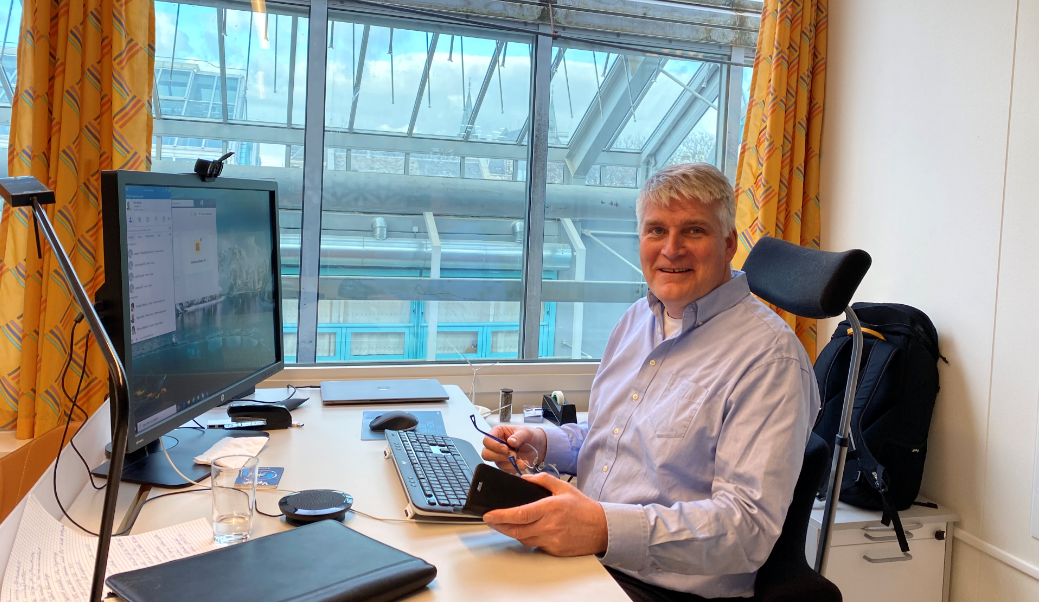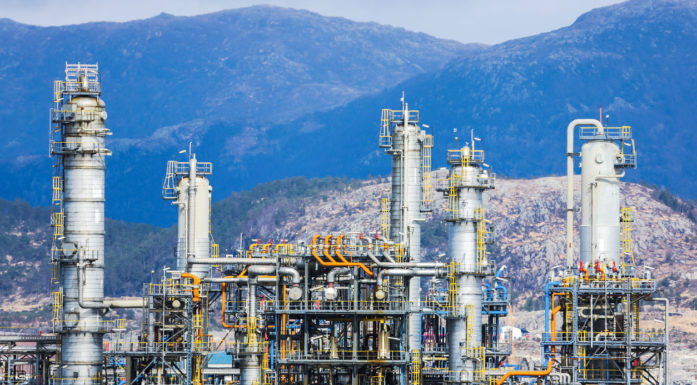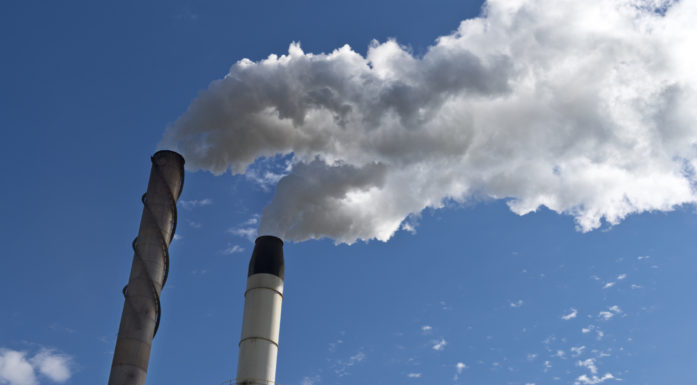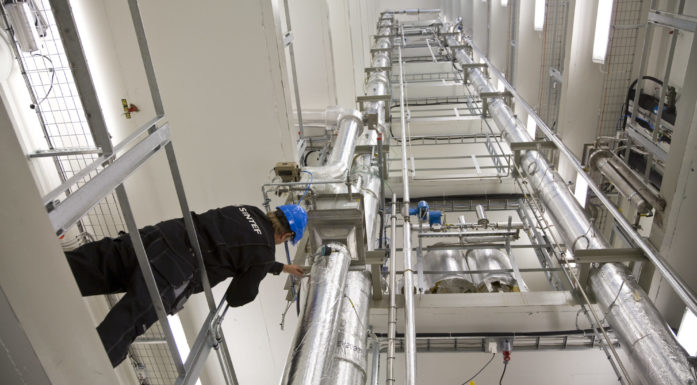Promising prospects for CO2 storage on the Norwegian continental shelf: “A huge opportunity to decarbonize industry”
– Today the Norwegian Ministry of Energy and Petroleum announced that the indicative results from the drilling at the Northern Lights project are positive and that the respective area on the Norwegian Continental Shelf could be suitable for CO2 storage.
“To reach the targets in the Paris Agreement of limiting the temperature increase to well below 2 degrees Celsius, we must isolate CO2 from reaching the atmosphere. We must store the CO2. The first positive results from the test drilling at Northern Lights are very significant for the fighat against global warming in Norway and Europe,” says Nils Røkke, Chairman of the Board of the European Energy Research Alliance (EERA) and Executive Vice President Sustainability SINTEF Energy, one of Europe’s largest independent research organisations.
The Northern Lights project is part of Norway’s full-scale CO2 capture and return project. Initially the plan in the full-scale project is to capture CO2 from Norcem’s cement plant in Brevik and from Fortum’s Oslo Varmes waste to energy plant at Klemetsrud. The CO2 will then be shipped to an onshore terminal in Øygarden before it is transported by pipeline offshore to a permanent storage location more than 2,500 meters below the seabed in the North Sea. Equinor, Shell and Total are collaborating on the transportation and storage project.
In line with the global commitments, the total CO2 emissions must be reduced by 50 percent by 2030 and CO2 emissions must be net zero within the next 30 years.
“Early investments and focus on CO2 handling in Norway can build a competitive advantage for Norwegian industry onshore and on the Norwegian Continental Shelf in the future. Handling CO2 can contribute to increasing the value of natural gas, by creating frameworks and conditions for clean and large-scale production of hydrogen. It will also strengthen the competitiveness of the Norwegian industry that aims to reach zero or sub-zero emissions,” says Røkke.
In the 1980s two scientists at SINTEF played a central role in conceiving the basic concept of storing CO2 from fossil-fuelled power stations in geological strata beneath the seabed, out of consideration for the climate. It was as far back as 1986 that Erik Lindeberg and his SINTEF colleague Torleif Holt began to develop a concept that led to a project on the topic of “gas-fuelled power stations with CO2 treatment”. Their pioneering project was funded by Equinor (then Statoil).
“It takes time to realize this type of technology. In the future, this must go faster. We have only ten years left until 2030,” concludes Røkke.





